Passive House Design, how does it work?
If you've ever sat in a car with black leather seats in the summer, particularly when wearing shorts, you already understandpassive solar heat gain. It is a very simple concept that as a building technique dates back thousands of years. You simply need to find out where south is and use the free heat from the sun to your advantage.

In reviving the ancient building technique of passive heating and cooling, the Saskatchewan Conservation House showed us what was possible in terms of solar heat collection and retention with modern building techniques all the way back in 1977.
So Passive House started in the 70's?
Most people in the USA and Canada are only really starting to hear about Passive Solar Homes and Passive House homes now, so what happened to this ground-breaking design principle that can save tremendous amounts of energy and money? Like so many great advances, in North America we shelved it.
The two greatest human contributions of carbon in the atmosphere are from transportation and buildings. Both industries followed similar paths, both counter to the best interests of society.
After suppressing alternative technologies and dragging their heels for decades, we are now watching North American automakers struggle to come up with affordable designs infuel-efficiency and electrically-powered vehicles. Yet if you look back to the late 1800s, electric vehicles outsold combustion powered vehicles.

电动汽车在当时更受欢迎,因为它们更平稳、更安静、更安全,而且不会排放有害气体。但最重要的是,载着极具爆炸性液体的车辆快速驶向彼此的概念在许多人看来绝对是荒谬的。
So why didn't Passive House catch on?
As is often the case in North America, the more powerful business interests won out, not logic, and until very recently we still regarded gasoline powered vehicles as the only viable option too.
So our housing has a similar history - over 40 years ago ago a team of visionaries and construction engineers designed and built a house in Saskatchewan, Canada, that was able to operate using only a fraction of the energy other homes required. The premise was to rely as much as possible on the energy freely available from the sun.
The Saskatchewan Conservation House was oriented for maximum solar heat gain in the winter, yet incorporated shading to avoid overheating in summer. It also had lots of insulation, with the building envelope made up of R40 walls, an R60 ceiling, and triple glaze windows.
It was extremely airtight (even by today's standards) and most importantly, because it proved thatPassive House and Passive Solar designscould work as a practical liveable home, it was one of the first houses ever to have its fresh air supplied byheat recovery ventilation, which is now standard on any high-performance cold climate home.
After seeing firsthand in a hostile climate in North America with the Conservation House the kind of energy efficiency that was possible, we proceeded to ignore it like we did electric vehicles, and continued to build very average homes that matched the energy performance of a 5-litre Mustang being strangled through a catalytic converter added "to help the environment."
Like muscle cars, houses were (and mostly still are) built to suit our whims and personal egos, with little thought applied to how much money and energy we will needlessly throw away on a monthly basis. Considering what isnow becoming apparent about Climate Change想象一下,如果我们在减少家庭能源消耗和随之产生的碳排放方面领先40年!
How building code is harming homes
The National Building Code goes to great lengths to ensure the structures we build are solid, and engineered to withstand snow loads and other natural forces. A modern society would accept nothing less. You can safely assume that if a building meets code, no additional structural reinforcing is necessary.This is not even vaguely the case regarding a home's thermal performance or energy use.
确定建筑的最低能源效率是省和市的事情,就像风景一样,它会随着你穿越国家而改变。从加拿大人的角度看,安大略省的标准是加拿大所有省份中最高的,纽芬兰最低。Vancouver demands much better performance than their province does in their attempt to be theworld's greenest city by 2020.
In August 2012, Quebec bumped up their wall minimum from R20 to R24.5, so a Quebecker that bought a house built in July will have noticeably higher heating and cooling costs than a person who bought a house built a month later.
Let's not even talk about building code in the USA in regard to thermal performance - as recently as 2014, the U.S. ranked near the bottom worldwide on Energy Efficiency, with Germany on the Top.
What's more,this dismal report报告显示,美国在能源效率方面的表现仅优于世界上最大的三个经济体——俄罗斯、巴西和墨西哥。
North America please "Get" Passive House ASAP
Holding back any meaningful change are those spreading the myththat the sticker price of a more efficient house is not worth the long term savings. Despite the fact that this has been disproven, the myth persists.
事实上,高性能耐久房的额外成本意味着你口袋里的钱会更多。你不仅可以每月节省水电费,还可以用得更久,它需要的维护也会更少,如果你选择出售你的房子,它的价值应该反映出你最初投入的额外资本,也许更多——特别是如果代码改变有利于更节能的房子,就像许多地区正在做的那样——消费者会意识到,老的、通风的、低效的房子变得难以出售。
现代设计哲学的问题在于它们从错误的地方开始。我们目前按照建筑规范的最低性能标准进行建造,内容是在余生中每月支付保险费,以弥补设计阶段缺乏远见。
Builders can often be heard saying "but it's built to code" while defending designs, which is true. What they are not realizing is that unlike the structural integrity of buildings, the thermal performance requirements of code are based on nothing tangible.
值得赞扬的是,《国家建筑规范》继续提高其最低标准,最近还提高了对能源效率的要求。如前所述,问题更多地在于公众对其意图的认知。
Unlike structural guidelines, the minimum insulation values laid out in building code do not represent optimum performance, they exist to ensure there is a bottom rung of efficiency that we do not build below.
So how did the 'worst' become the standard, and why do we revere it as gospel? Meeting building code performance does not earn you an A plus, it earns you a D minus. I doubt many of us ran home to proudly show our parents a report card that says we almost failed.
What is slowing adoption of Passive House, LEED & ZNE Homes?
Building to the bare minimum is understandable with large developers, as they are well-oiled money machines with little motive to change. At the moment of sale it is unlikely that they will recoup the added cost spent creating a more efficient building; the big savings belong to the end user. If you are designing and building your own house however, money put into a high performance design and it's succesful build will likely come back to you in spades.
As we enter an age of resource depletion with an atmosphere so full of carbon that we are on the verge of runaway climate change, passive solar heating and cooling is once again essential for our survival just as it was thousands of years ago.
So build to your own standards, because at its present rate of evolution, most building codes are on course to catch up with the Conservation House - about a 100 years too late.


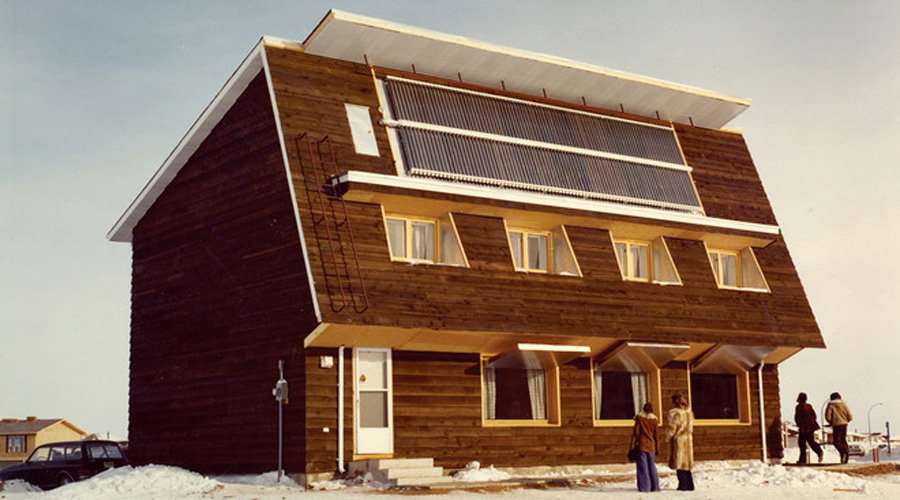















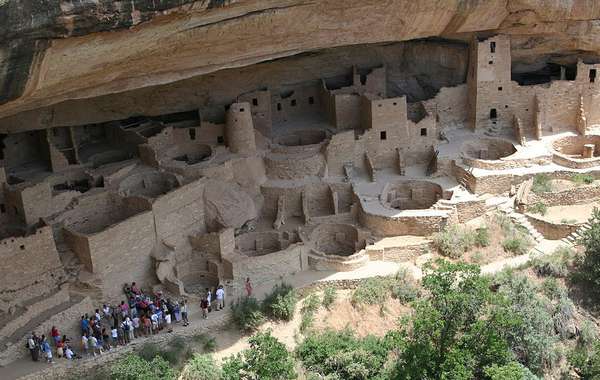
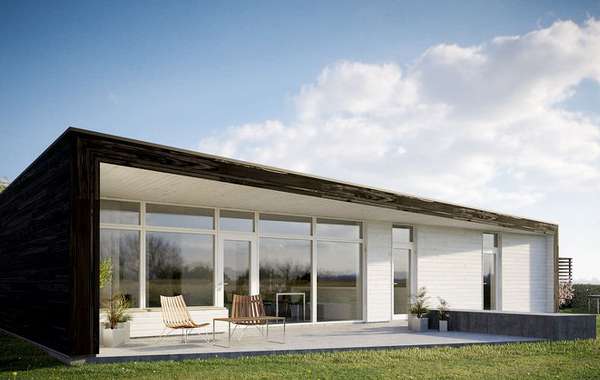
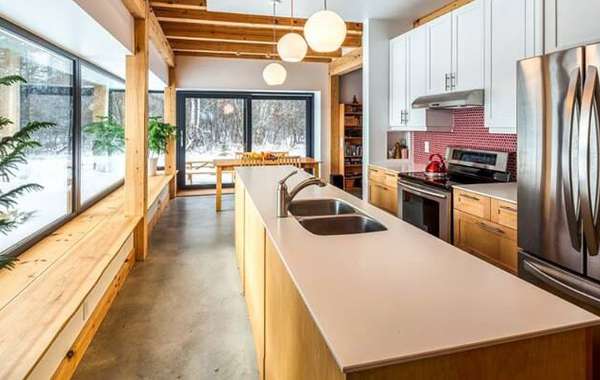
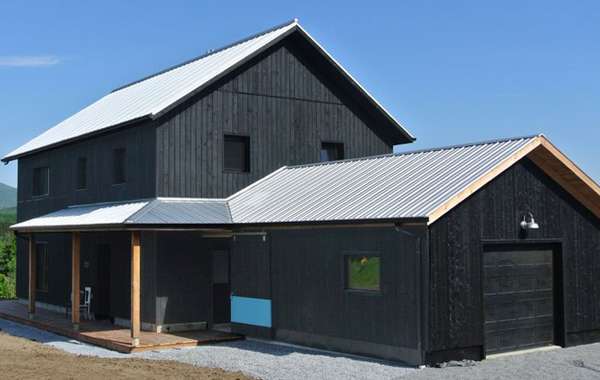
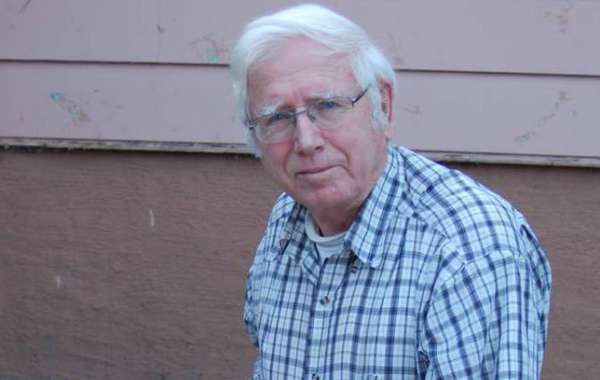
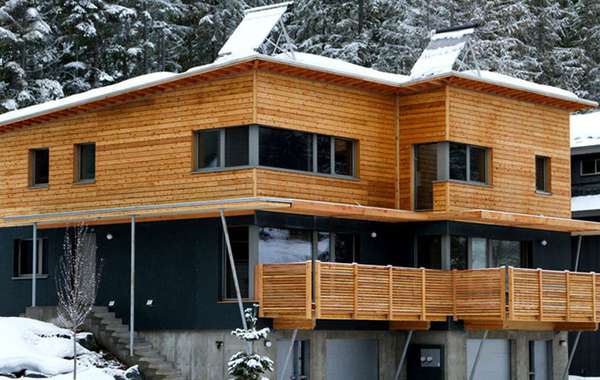
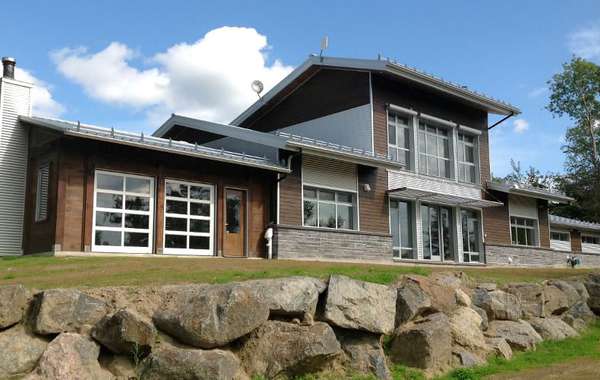
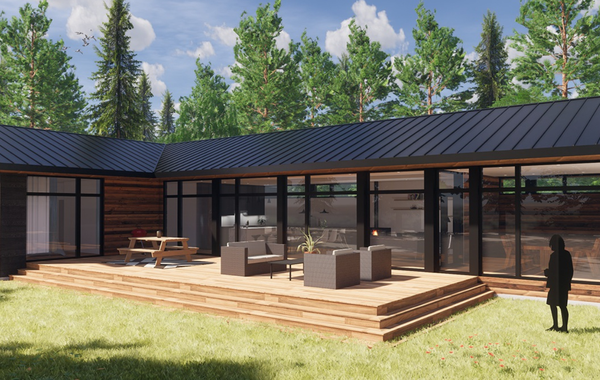
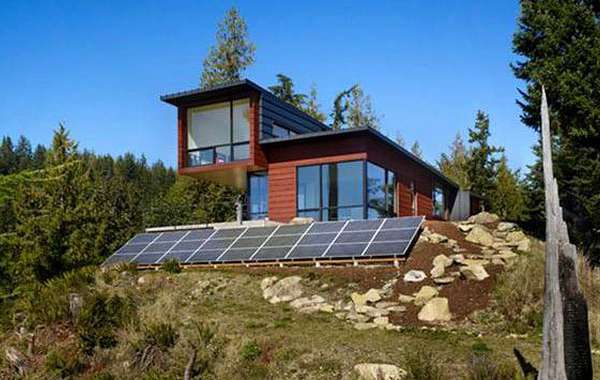
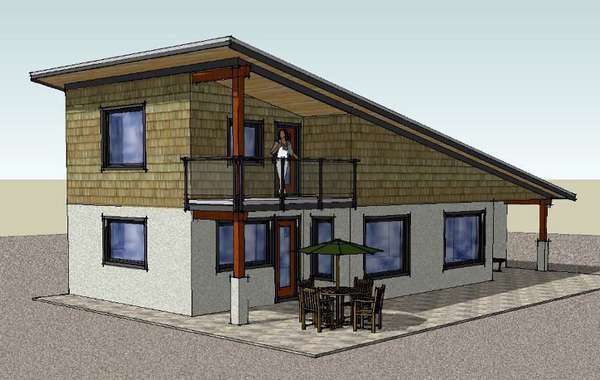
I remember the story of the Saskatchewan houses (Weren't there 3?). I was 24, and had just built a Passive Solar Ski chalet at Edelweiss Valley, PQ. All the Kings horses and men built these things and they worked as planned until someone tried to live in them. They hadn't thought of air quality in that balloon, the result was the Air to Air heat exchanger. I was also a computer enthusiast and couldn't wait until I could use one to design another. I'm glad no one told me I'd have to wait 30 years or more.
Only one in Canada that we can think of, there was at the same time a house in the US that was experimenting on the same sort of level though. They actually did deal with air exchange on the Saskatchewan House, that was the birthplace of Venmar / Vanee air exchangers as developed by another engineer on the project, Dick VanEe. I'm curious about your passive solar chalet, it can't be more than a stones throw from ours, the Edelweiss Demo House. Regards, Mike//www.esb-agile.com/demo...